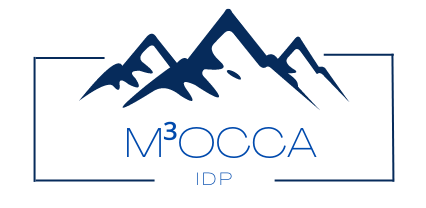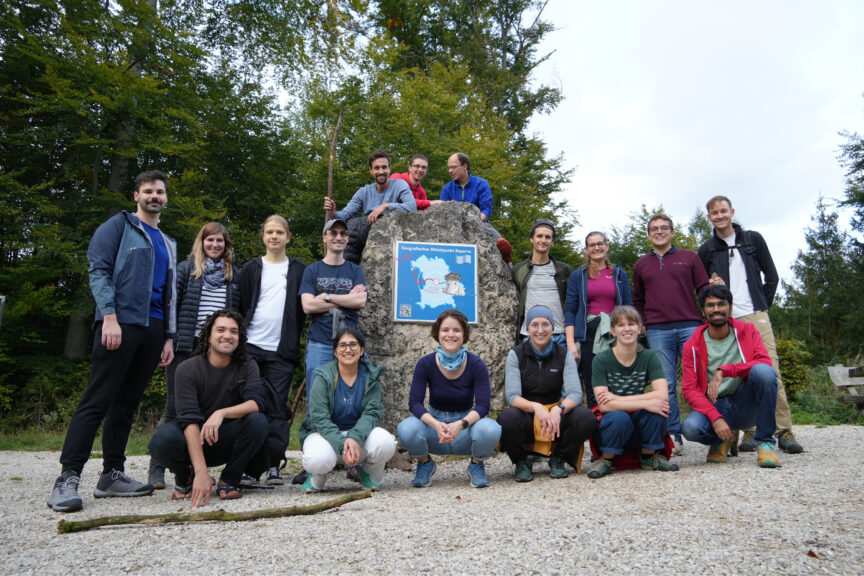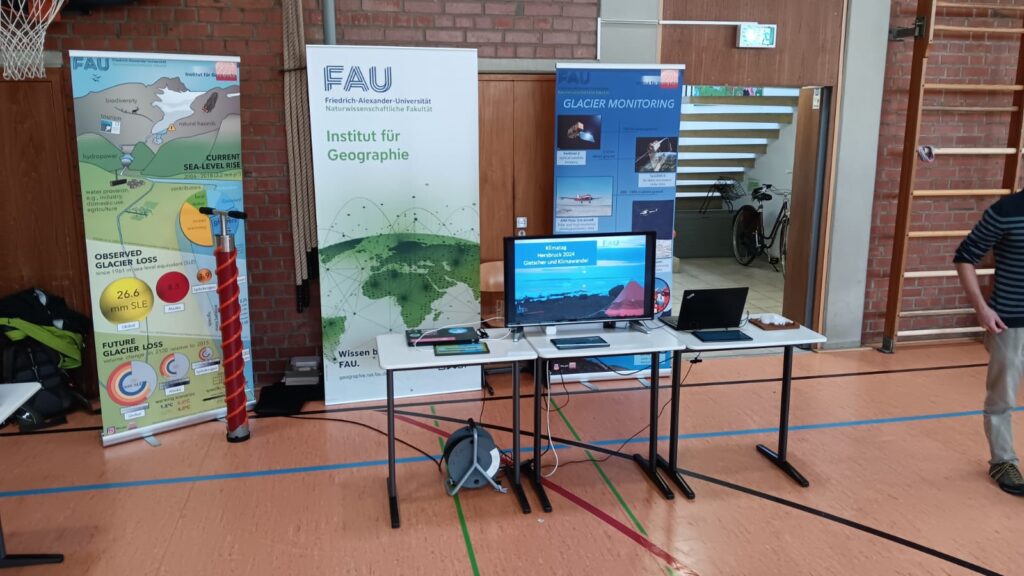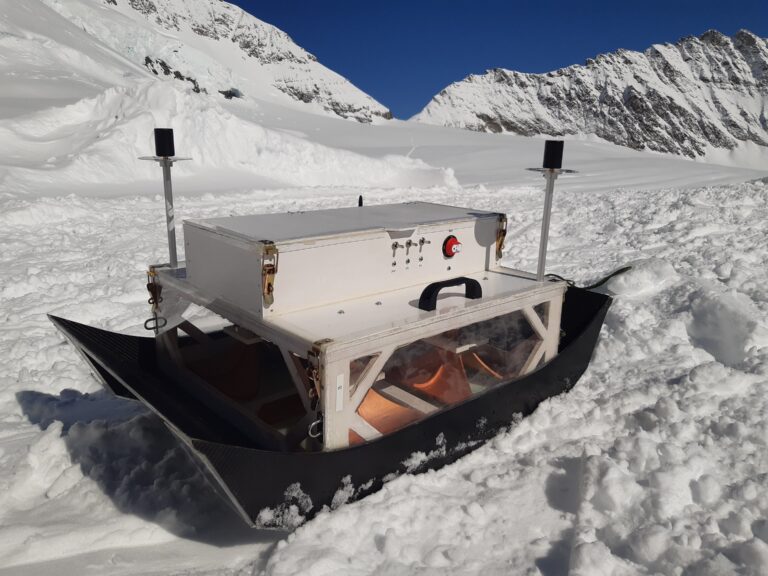Annual workshop of the doctoral program in the Altmühltal
This year’s annual workshop of the International Doctoral Program M3OCCA took place at ‘Krone Kinding’ located in the Altmühltal. The doctoral researchers presented the current status of their research projects and gave an outlook on upcoming activities. The M3OCCA-affiliated project ‘Deep-Learning-Informed Glacio-Hydrological Threat’ (DELIGHT), led by Dr. Samual Cook, was officially introduced and the new colleagues presented to all participants. An important point for discussion within the group of doctoral researchers and PIs was the prolongation proposal for the programme. One of the highlights was the guest lecture from Chad Greene (JPL/Caltech, USA) on ‘Remote Sensing of Glaciers and Ice Sheets’. Socializing activities included a hike through the Altmühltal including a stop at the geographical center of Bavaria and a quiz night on the second evening.
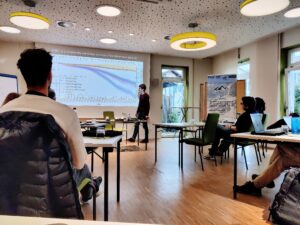
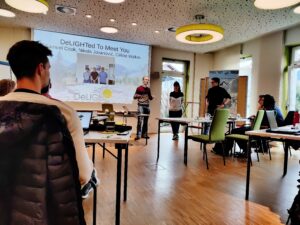
Photo copyright: Oskar Herrmann & Akash Patil
